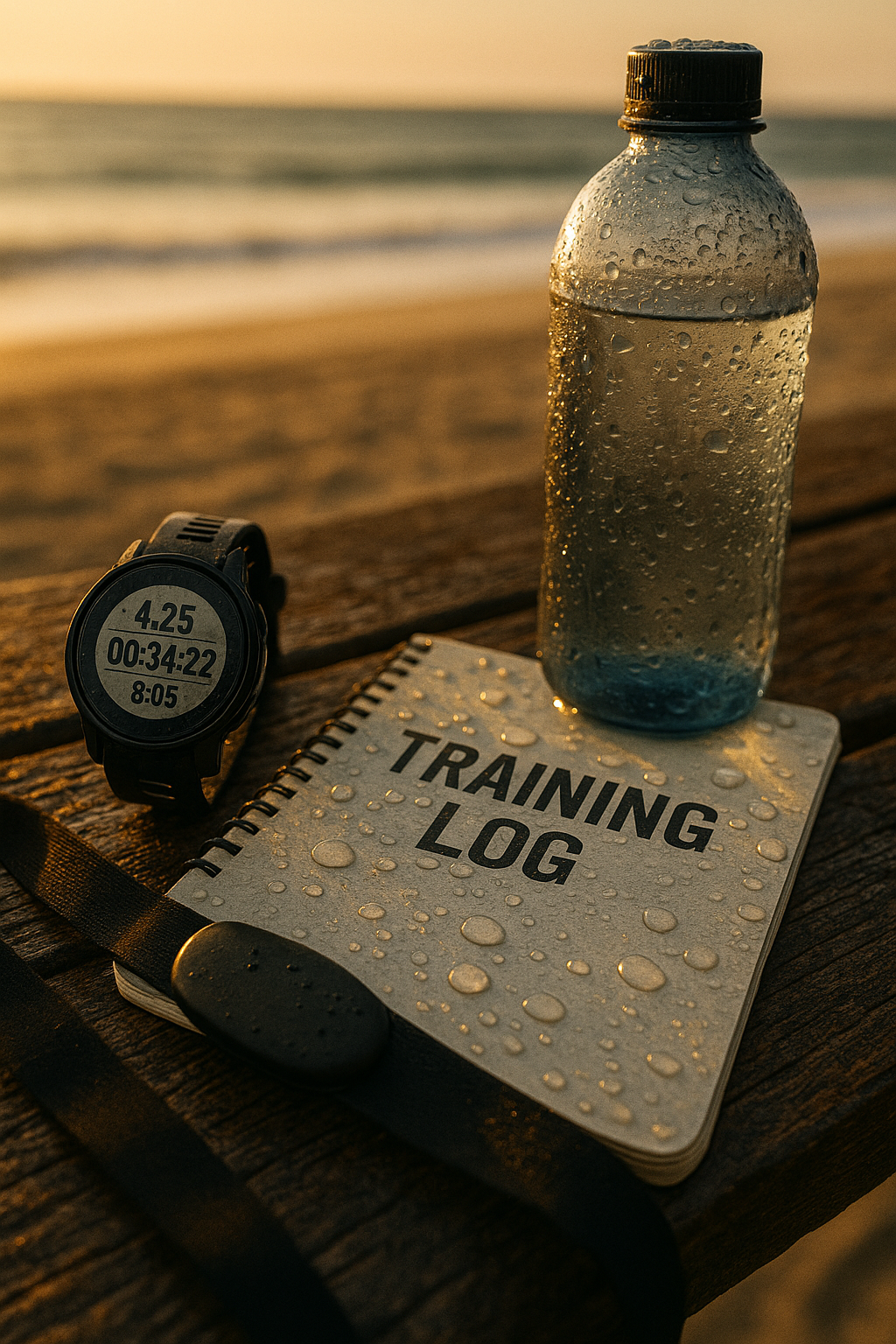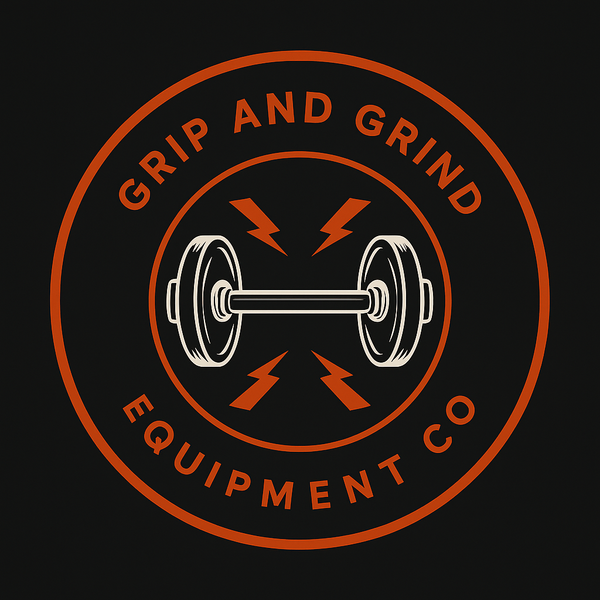
I Want to Start Running: A Beginner’s Easy Guide to Building Endurance
Share
How I Started Running
When I first decided I wanted to become a better runner, there were no GPS watches, heart-rate monitors, or running apps. I had a simple MP3 player for music and used MapQuest to measure routes. That was it.
Back then, my stamina was terrible. So I made a simple plan: on day one, I’d run ten minutes out and back. Each day after, I added one more minute. I ran five days a week, rested on weekends, and didn’t worry about speed—just about building endurance.
Over time, this built into forty minutes out and forty minutes back—about eight miles. That was my first big breakthrough: running longer without stopping.
Learning to Train Smarter

Once I had endurance, I wanted to get faster. A friend told me something that changed everything: don’t run the same pace every day.
So I built a weekly running schedule:
- One long run (8 miles) at an easy pace.
- One medium run (around 5 miles) at a steady, moderate pace.
- One short run (2–3 miles) as fast as I could go.
- Additional easy runs to round out five days per week.
This mix of long, moderate, and fast runs helped me improve across all distances. Without knowing it, I was using many of the same principles found in modern training plans—just based on effort and pace instead of technology.
What You Actually Need to Start Running

Here’s the good news: you don’t need expensive shoes, fancy apps, or the latest watch to get started. What matters most is consistency and mindset.
All you need is:
- A plan: What’s your goal—endurance, speed, or just consistency?
- A way to measure effort: Rate of Perceived Exertion (RPE), pace, or heart rate.
- A schedule: How many days will you run, and when will you rest?
- A log: Track progress—how runs feel, how your body responds, and where you’re improving.
Remember, progress comes bit by bit. The best running plan is the one you’ll actually stick with. The best thing about this approach? it is scaleable! The rules are the same, regardless of what distance you are training for.
Next Steps
You don’t need much to start running and see results. In Part Two of this series, we’ll break down popular training methods—like interval runs and tempo runs—and show you how to add them into your routine.
Stay Motivated,
Zach
